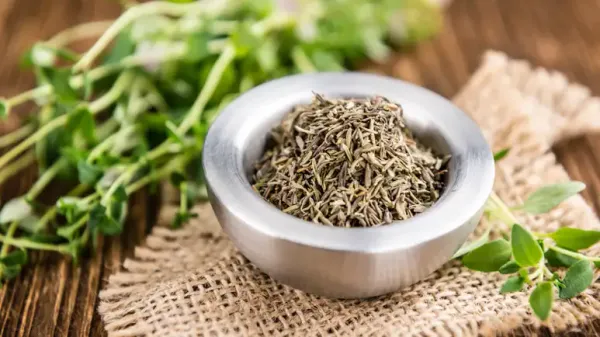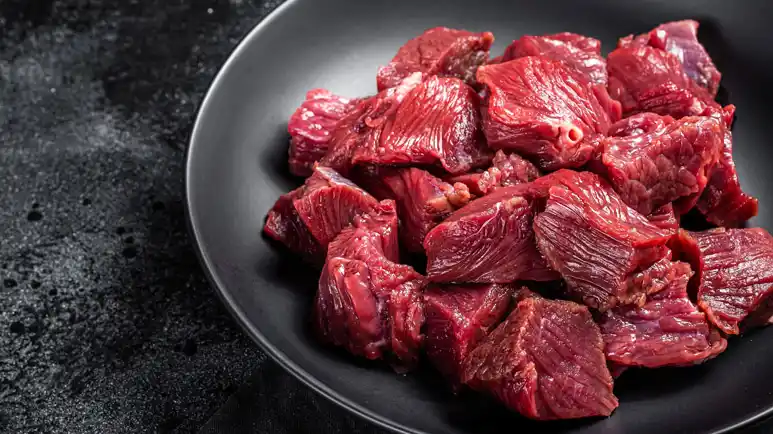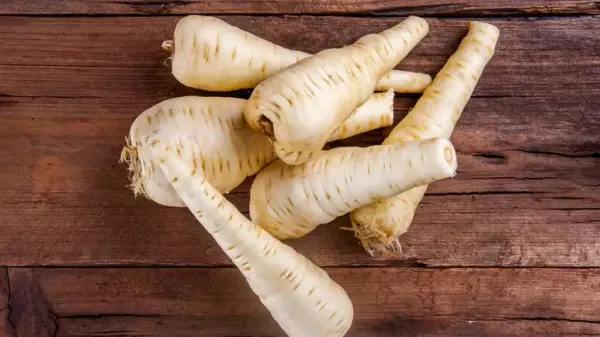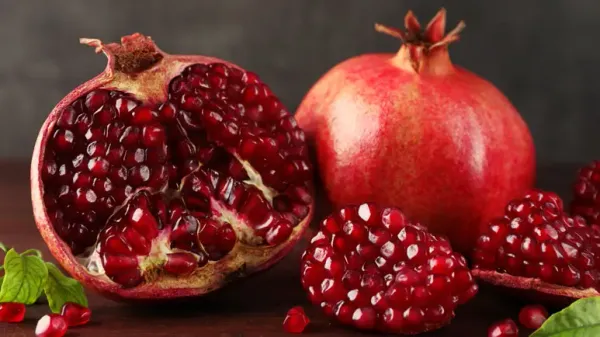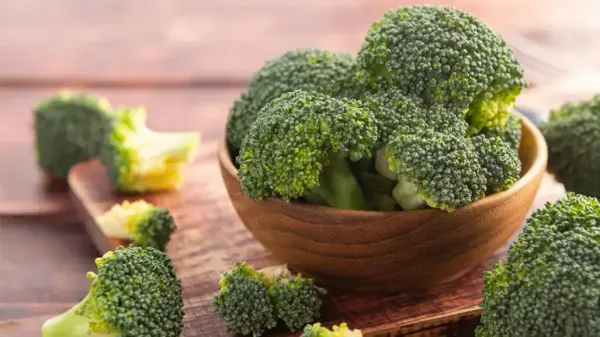
Broccoli: The Superfood Veggie That Packs a Nutritional Punch for Pets
This vegetable has been a valuable food source since ancient Rome and is considered a popular superfood today. Give it to your furry buddy as a treat or add it to their meals to let them reap its benefits.


